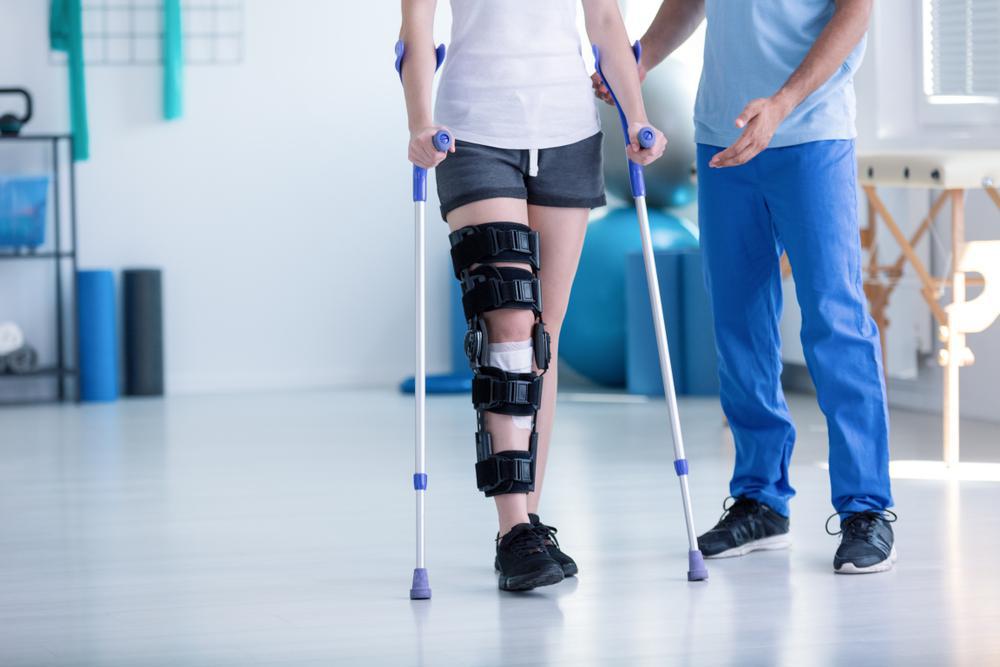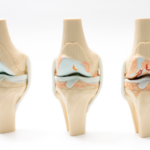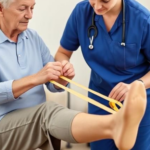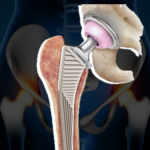
Due to its limited influence on other knee structures, ACL surgery promotes quicker healing.
ACL operations are frequently performed. A tiny camera is placed into your knee joint, and the procedure is nearly always performed arthroscopically, which involves the surgeon making only a few tiny incisions in your skin.
Due to its limited impact on the other knee structures, this kind of surgery enables quicker recuperation.
Anyone considering ACL surgery can feel more at ease and set themselves up for a successful recovery by being informed on the recovery and rehabilitation process.
With a focus on ensuring patient safety, the Capital Orthopaedics staff specialises in knee surgery. With a focus on knee surgery, the Capital Orthopaedics team is committed to providing you with the quickest, most accurate diagnosis possible, the most cutting-edge surgical methods, as well as aftercare and rehabilitation from skilled physiotherapists.
ACL rupture
If ACL surgery has been suggested for you, there’s a good likelihood your knee’s core ligament has completely torn. Click here for additional details on this injury and how to treat an ACL tear.
Surgery to repair an ACL tear
In the event that the anterior cruciate ligament is injured, your surgeon will reconstruct it using tendon tissue obtained from either you or a donor and suture it in place of the torn ACL. If you’re fortunate, the ligament may have just been pushed away from the bone. With the aid of innovative arthroscopic methods, it can be reattached or repaired.
All of this is accomplished by making very little incisions in your skin, so there won’t be any bleeding or collateral harm to healthy tissues.
Getting well after an ACL tear
The good news is that, nearly always, you can start using your leg 24 hours after surgery and begin rehabilitation exercises as soon as swelling and discomfort permit.
However, it does require six months of rehabilitation before you may resume participating in sports and physical activity at full strength.
A timeline might be useful for preparing for your recovery journey because it lets you know roughly what to expect. As any physiotherapist will tell you, it’s important to follow the plan in order to fully recover and lower the chance of being hurt again.
There are countless examples of patients who return to activity too soon or who believe that their recovery will occur naturally, hoping to regain their full strength and agility in just six months without putting in any effort.
Your recovery is just as good as your commitment to therapy, regardless of how skilled your surgeon is or how well the ACL operation goes.
Our staff of physiotherapists and sports medicine specialists at Capital Orthopaedics is always there to keep you on track and assist your exercise programme as you go through the timeline.
Recovery Schedule
1 – 2 weeks
Although you can bear weight right away following surgery, crutches will be provided. while you recuperate from swelling and pain following surgery. Before you are able to walk comfortably without them, it often takes 7–10 days.
You might need to use crutches for a longer period of time if you’ve undergone additional surgeries, including a meniscus tear repair.
Non-steroidal anti-inflammatory drugs, or NSAIDs, are used to treat pain and swelling. Ibuprofen is one such drug.
Driving: If you are off crutches and your exercises have given you the power to handle the pedals, you should be able to drive by about week two.
Exercises: You’ll be given a schedule by your physiotherapist to:
· Test your knee’s range of motion, from fully extended to 90 degrees bent.
• Build up the muscles in your thighs (quadriceps).
• Gently move your kneecap (patella) with your hands to mobilise it.
2–6 weeks of exercise
Workouts will centre on:
• Making use of resistance bands and modest weights to strengthen the knee’s surrounding muscles
• Increasing one’s range of motion.
• Preventing twisting by protecting your knee from stressors, which may require wearing a knee brace.
• Using a step machine, cross-trainer, or stationary cycle to improve proprioception and endurance.
6-24 weeks of exercise
putting emphasis on power and vigour
Treadmill use is often approved after three months.
a year later
If there are no concerns with range of motion, discomfort, or swelling, returning to full exercise is possible.
Contact a professional as soon as possible if you experience any knee pain or discomfort that limits your level of exercise. Early diagnosis increases the likelihood of a full recovery and helps stop issues from getting worse.
For a consultation with one of our knowledgeable orthopaedic surgeons at one of our three central London locations, contact Capital Orthopaedics here.
Common Questions Regarding ACL Surgery
What should you avoid after an ACL operation?
While the graft is healing, you should refrain from any twisting motions and complete knee bends for at least 6 weeks.
What Can You Do at Home to Hasten the Healing Process?
Healing might be aided by controlling the edoema. This can involve applying ice, elevating your leg as much and as frequently as you can, and taking painkillers.
ensuring that you perform your workouts as frequently as your physiotherapist has advised.
As advised by a physical therapist, gently massaging your kneecap and the area around your knee joint helps to enhance blood flow and encourage more rapid healing.
How Should You Treat Your Wound?
Following surgery, the dressing must be worn for two days. After that, you can take it off and wet your leg, but wait to take a bath until the wound has been examined (usually two weeks after surgery).




